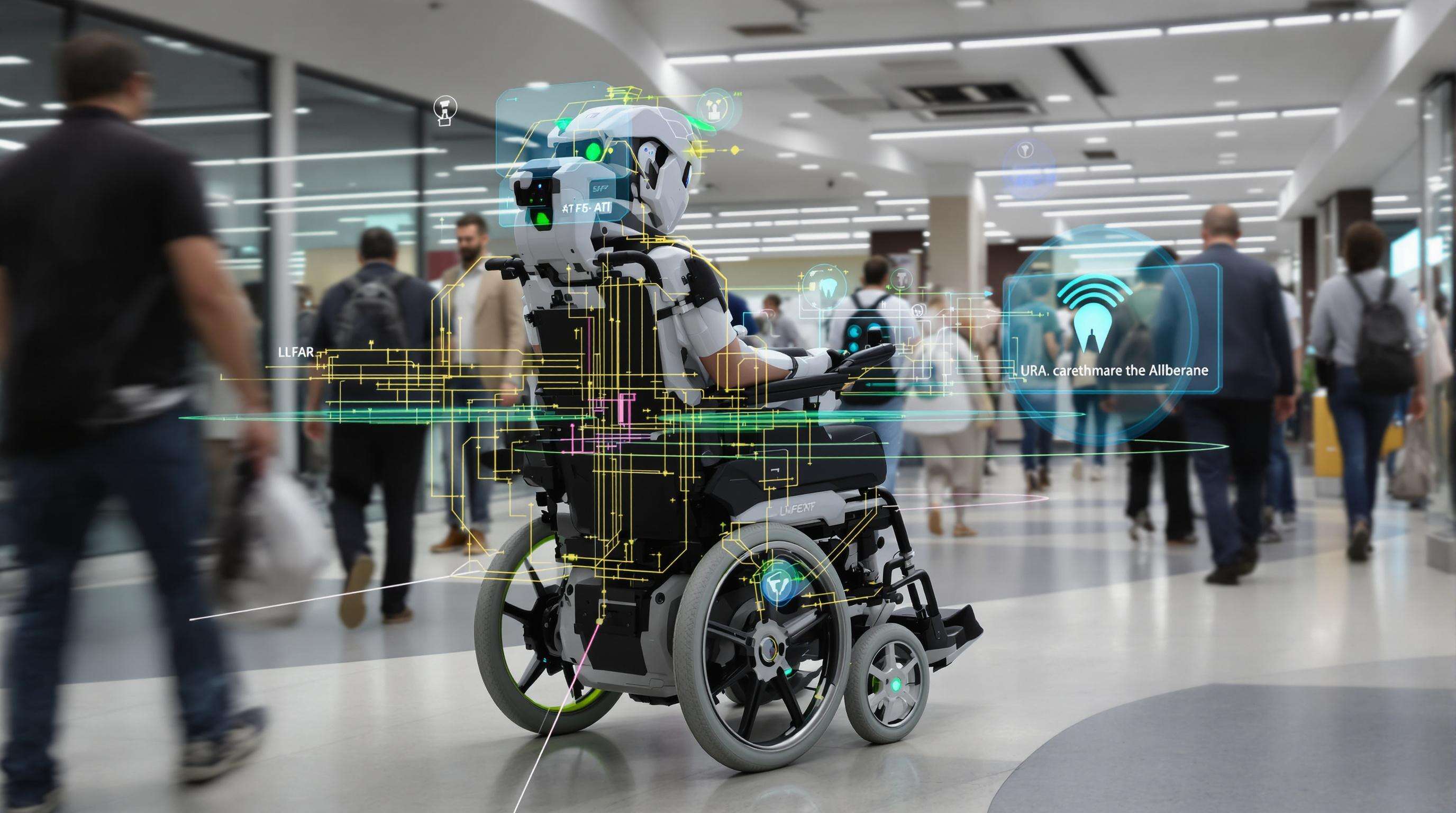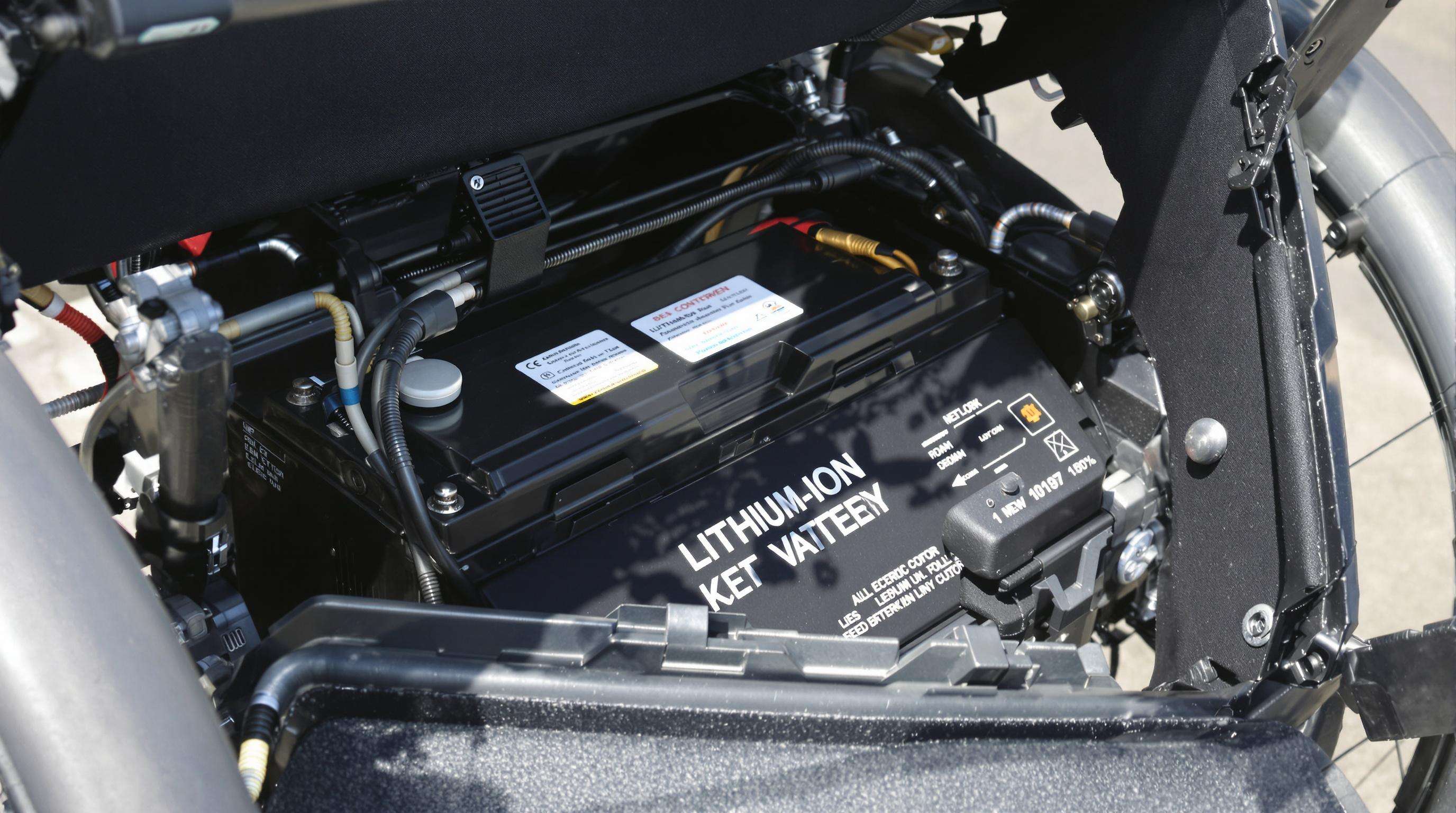
Electric wheelchairs today come equipped with smart navigation systems powered by artificial intelligence. These systems gather information about what's around them using those fancy 360 degree LiDAR sensors along with IMUs for balance detection. The tech actually crunches more than 250 different pieces of environmental info every single second just so users can get through crowded city streets without getting stuck. A recent study from the Connected Mobility Report back in 2024 found something pretty impressive too. Their tests showed that these intelligent path finding features cut down on steering mistakes by almost two thirds when compared to regular old joysticks. Makes all the difference in busy places such as hospital corridors or airport terminals where space is tight and obstacles pop up constantly.
Obstacle detection systems work by combining stereo cameras along with ultrasonic sensors to spot obstacles down to about 2 centimeters in size from distances up to four meters away. Some of the better models come equipped with predictive collision features that actually compare the typical wheelchair size (around 28 inches wide) against available space in doorways. When there's a problem ahead, these systems give users both sound warnings and vibrations through their devices approximately one second and a half before they might run into something. Field tests indicate these technologies cut down accidents by roughly 40 percent in buildings with multiple floors. That makes sense considering most doorways only provide around 32 inches of clearance space between walls.
These days, IoT platforms let electric wheelchairs sync securely with doctor portals through 5G networks, making it possible for clinicians to monitor patients remotely and make adjustments when needed. People using these devices can adjust their seating position, keep track of battery life, even lock the wheels all from their smartphones thanks to features made better by smart mobility tech from other sectors. Clinical tests show around 78 percent of participants felt more independent because of these app controlled pressure relief functions which move body weight automatically every fifteen minutes or so. This kind of automation really makes a difference in daily living for many wheelchair users.

Electric wheelchairs today are powered by lithium-ion batteries which give around 40% extra range compared to old fashioned lead-acid versions. Plus they weigh about 22% less too according to Allied Market Research from last year. When combined with regenerative braking tech, these batteries actually capture some energy whenever the chair slows down. Think about going downhill or stopping at intersections. The system can then put back roughly 10% of what was used during those moments. What does this mean? People can now go through their whole day without needing to stop for a charge. Most wheelchair users worry about running out of juice somewhere, and studies show that over two thirds of them rank battery life as their biggest headache.
Fast charging technology can now get batteries to 80% capacity within just 90 minutes, which beats out traditional systems that take anywhere from 6 to 8 hours. A few newer designs actually build solar panels right into the wheelchair frame itself. On average days with decent sun exposure, these panels give users around 10 to 15 extra miles of range each day. The market for electric wheelchairs is growing rapidly thanks to innovations like these, with analysts predicting about a 10.6% annual growth rate all the way through 2033. People want their mobility options to be both efficient and cost effective. Looking at recent studies, those who opt for hybrid models that combine regular power sources with solar technology save roughly $220 on yearly energy expenses according to Ponemon Institute research from last year.
The latest top-of-the-line model from one of the big names in manufacturing now gets about 30 miles on a single charge when driving around town - that's actually 23 percent better than what they made before thanks to this new lithium silicon battery tech. What makes it stand out? Well, it has this smart system that distributes power where it needs to go most for maximum efficiency. The batteries stay cool even when temps drop below freezing down to -4 degrees Fahrenheit or soar past 122 degrees Fahrenheit. And there are these clever algorithms that figure out when to charge so the cells don't wear out as fast. Real world tests showed something interesting too. Around 92 percent of people who tried it said they stopped worrying about running out of juice on their regular trips. About 86 percent felt more freedom in their day to day lives because of this improvement. Pretty impressive stuff considering how much difference better batteries can make in everyday living.
Modern electric wheelchairs feature precision-engineered joysticks with adaptive haptic feedback, reducing user fatigue by 34% (MobilityTech Insights 2023). Dynamic resistance adjusts to movement intent, minimizing accidental inputs while supporting users with limited hand dexterity. With directional sensitivity as fine as 0.1°, these controls deliver smooth, intuitive navigation in crowded or confined spaces.
For users unable to operate manual controls, AI-powered voice systems achieve 98.7% speech recognition accuracy across 50+ languages (Accessibility Tech Review 2024). Modular integration allows pairing with sip-and-puff sensors or eye-tracking modules, with response latency reduced to 120ms—63% faster than earlier generations—enabling seamless hands-free operation.
These machine learning systems look at over 1,200 different ways people move around each day to figure out what routes they prefer and what kind of obstacles might be coming up. Some tests ran for a whole year showed something interesting too. When the system adjusted the torque before problems happened, based on what it had learned, there were 41% fewer times when someone had to correct their path mid journey according to a study in the Journal of Assistive Robotics from last year. And when paired with those fancy 360 degree LiDAR sensors that spot surfaces as they go along, everything works better. The machines can brake earlier or speed up just right so folks get where they need to go without unnecessary stops or risky moves.
| Control Feature | Improvement Metric | User Impact |
|---|---|---|
| Haptic Joysticks | 34% Fatigue Reduction | Extended daily usability |
| Voice Recognition | 98.7% Accuracy | Expanded accessibility |
| Predictive Algorithms | 41% Fewer Corrections | Reduced cognitive load |
Together, these technologies reduce reliance on caregivers and improve safety by 29% across uneven urban environments.
Adaptive seating systems are now standard in modern electric wheelchairs, with 86% of users reporting reduced discomfort in clinical trials (Rehabilitation Engineering Journal 2023). Multi-layer foam cushions with temperature regulation and adjustable lumbar supports allow personalized contouring—especially valuable for users spending 8+ hours daily in their chairs.
Frame weight has been reduced by 40% using carbon fiber composites, without compromising structural integrity compared to steel. Aerospace-grade aluminum provides corrosion resistance for outdoor use, with some models weighing as little as 29 lbs—on par with manual wheelchairs—enhancing portability and ease of handling.
Innovative hinge mechanisms allow electric wheelchairs to collapse to 56% of their operating size in under 10 seconds. Modular components such as armrests and footplates can be detached tool-free, and compact folded dimensions (22"x14"x9") meet airline carry-on requirements, enabling seamless travel for users.
AI-powered navigation systems in electric wheelchairs provide improved pathfinding by processing environmental information, which decreases steering mistakes by almost two-thirds, enhancing safety in busy locations.
Obstacle detection utilizes stereo cameras and ultrasonic sensors to identify obstacles as small as 2 centimeters, providing warnings to the user to prevent collisions.
Modern electric wheelchairs use lithium-ion batteries coupled with regenerative braking tech, allowing extended range and efficient energy recapture, reducing the need for frequent charges.
IoT and mobile apps enable users to adjust wheelchair settings and monitor battery life remotely, increasing independence and simplifying mobility management.
 Hot News
Hot News2025-05-15
2025-05-15
2025-05-15
2025-05-15
 ONLINE
ONLINE ONLINE
ONLINE
Copyright © 2025Ningbo Ks Medical Tech Co., Ltd. all rights reserved - Privacy policy